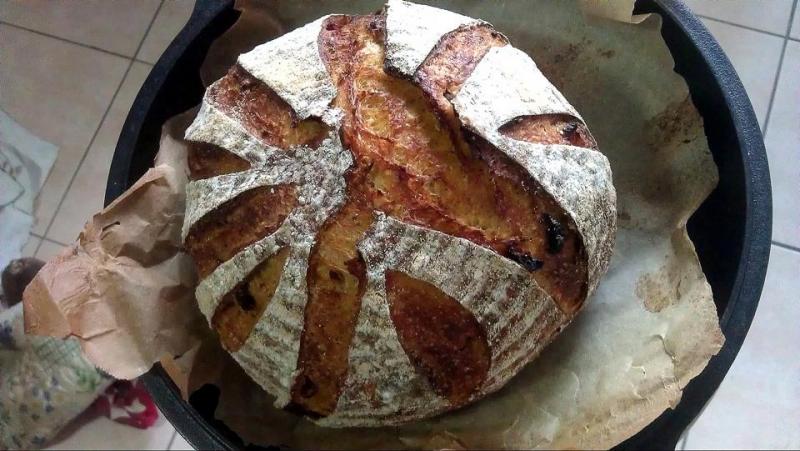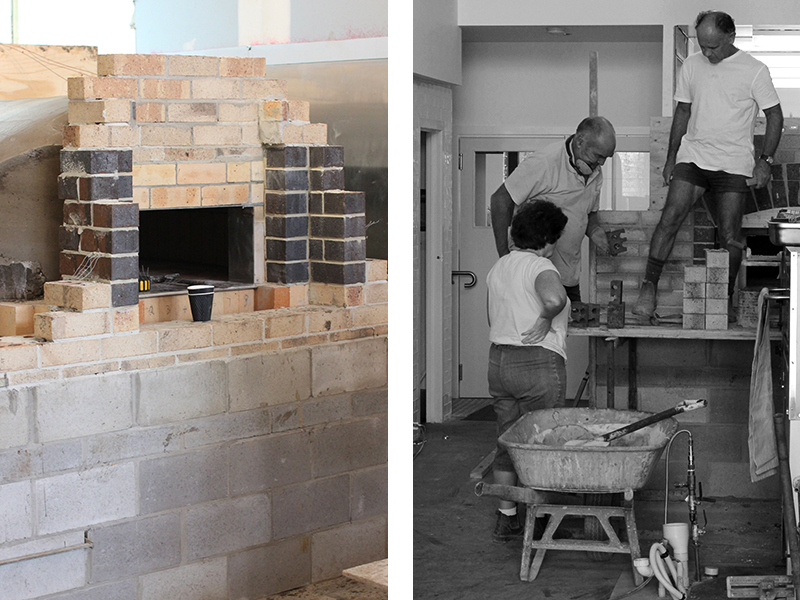orange carrot yeast water whole wheat sourdough ..
weekend baking is always for friends. my friends have no preference, so it allows me to experiment and practice... !!


getting confident with my hands :)
i am making bread now as well for Sunday's friends. more practice
- Log in or register to post comments
- 11 comments
- View post
- evonlim's Blog

 [/url]
[/url]

